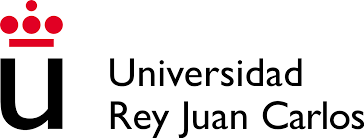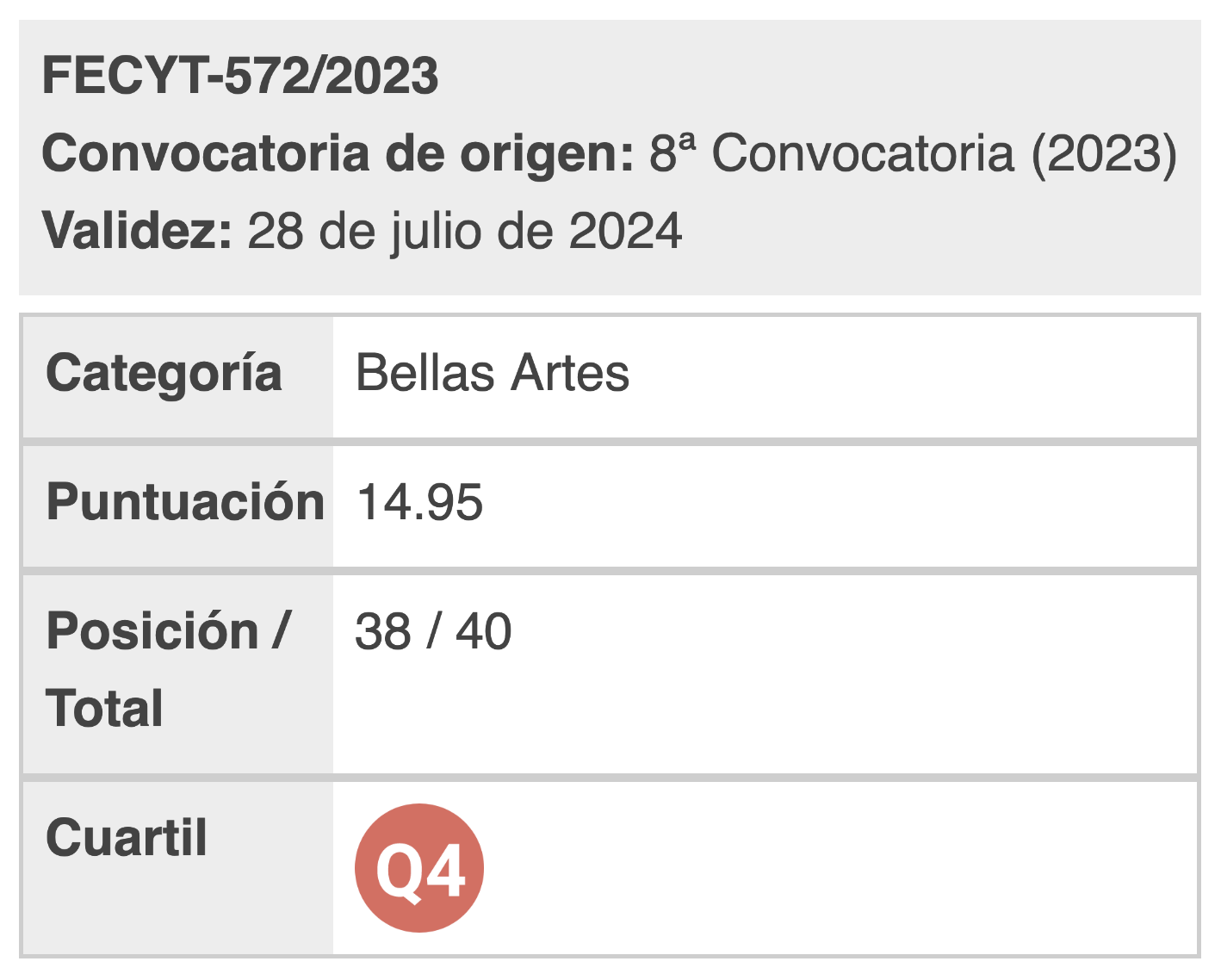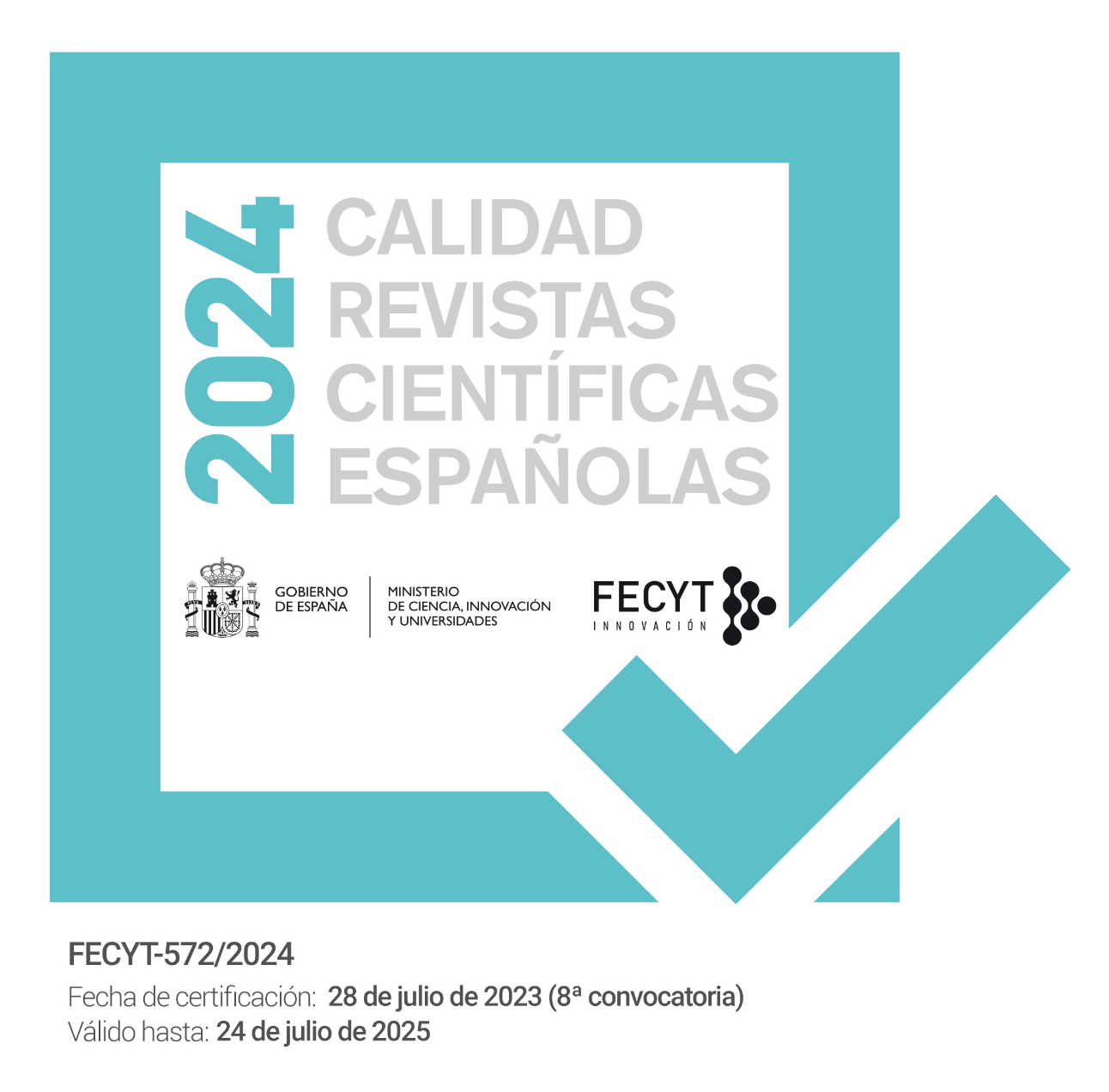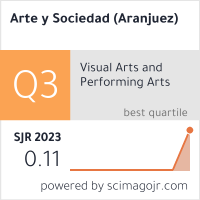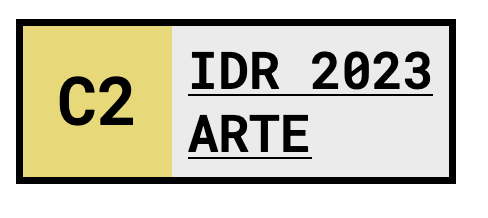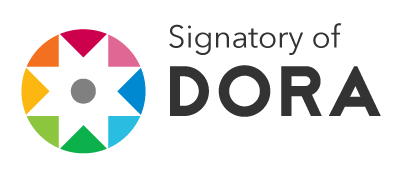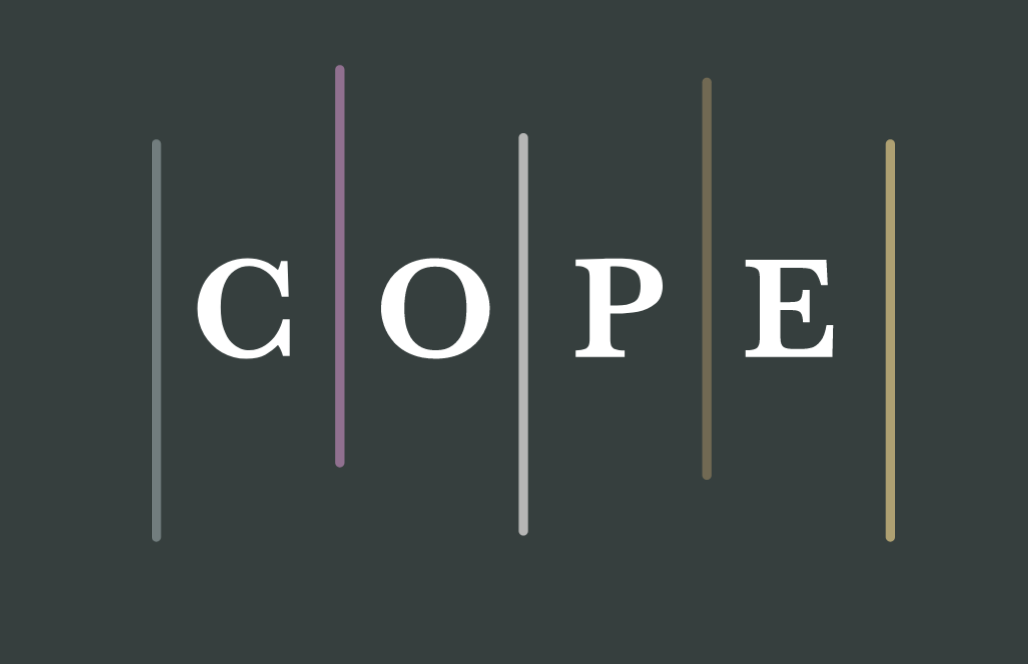Evaluating artistic opera co-creation
Main instruments and mid-process results
DOI:
https://doi.org/10.5281/zenodo.75585Keywords:
evaluation, aristic co-creation, participatory art, community art, operaAbstract
This article presents the evaluation model developed in the European project TRACTION to assess opera co-creation both as a process and as an output. It presents an overview of the project and describes the different trials developed as part of it together with the main results of the mid-process evaluation.
References
Keating, C. (2002). Evaluating community arts and community well-being. An Evaluation guide for community arts practitioners. State of Victoria.
Angus, J. (2002). A review of evaluation in community-based art for health activity in the UK. HAD.
Arts Council of Northern Ireland (2004). Evaluation toolkit for the voluntary and community arts in Northern Ireland. Annabel Jackson Associates.
Antonnen, R., Ateca-Amestoy, V., Holopainen, K., Johansson, T., Jyrämä, K., Kiitsak-Prikk, K., Kuznetsova-Bogdanovitš, K., Luonlia, M., Kõlar, J.-M., Plaza, B., Pulk, K., Ranczakowska-Ljutjuk, A.M., Sassi, M. and Äyväri, A. (2016). Managing art projects with societal impact. Sibelius Academy Research Report Publications.
Boerner, S. (2004). Artistic quality in an opera company: toward the development of a concept. Nonprofit Management and Leadership, 14(4), 425-236.
Bossen, C., Dindler, Ch. and Sejer Iversen, O. (2016).Evaluation in participatory design: a literature survey. PCD 16: Proceedings of the 14th Participatory Design Conference: Full papers, 1, 151-160.
Davies, S. (Ed.) (2016). Evaluation in participatory arts programmes. Creative People and Places.
Gillmore, J. (2010). A functional view of artistic evaluation. Philosophical Studies, 155, 289-305.
Jarke, J., Kubicek, H., Gerhard, U., Introna, L., Hayes, N., et al. (2019). Interactive co-creation good practice guide. Retrieved from: https://co-creation.mobile-age.eu (last access: 04/2021).
Kara, H. (2015). Creative research methods in the social science. Policy Press.
Knell, J., and Whitaker, A. (2016). Participatory Metrics Report. Quality Metrics National Test. Arts Council England.
Lewadownska, K. (2021).Evaluation in interaction: the pragmatic approach to artistic judgement. PSJ, 17(3), 96-110.
Author, and Soler-Vilageliu, O. (2022). Defining and assessing artistic co-creation: the TRACTION proposal. Arte, Individuo y Sociedad, 34(3), 851-867.
Matarasso, F. (2019). A restless art. How participation won and why it matters. Calouste Gulbenkian Foundation.
Matarasso, F. (2021). TRACTION deliverable 3.2. Opera co-creation (preliminary report). Project report.
Röggla, T., Striner, A., Rivas, H., and César, P. (2022). The Co-creation Space: an online safe space for community opera creation. IMX ’22, June 22-24. https://doi.org/10.1145/3505284.3532814
Shared Intelligence, The Mighty Creatives, and Pickthall, S. (2017). Testing the accessibility of Arts Council England’s Quality and Participatory Metrics. Arts Council England.
Walmsley, B. (2019). Co-creating art, meaning, and value. Audience engagement in the performing arts. New directions in cultural policy research. Palgrave Macmillan.

Published
How to Cite
Issue
Section
License

This work is licensed under a Creative Commons Attribution 4.0 International License.
You are free to:
Share — copy and redistribute the material in any medium or format.
Adapt — remix, transform, and build on the material for any purpose, including commercial.
Attribution — You must properly acknowledge the authorship, provide a link to the license, and indicate if any changes have been made.
You may do so in any reasonable manner, but not in any way that suggests that you endorse or receive any endorsement by the licensor for your use.
No additional restrictions — You may not apply legal terms or technological measures that legally restrict you from doing what the license allows.

